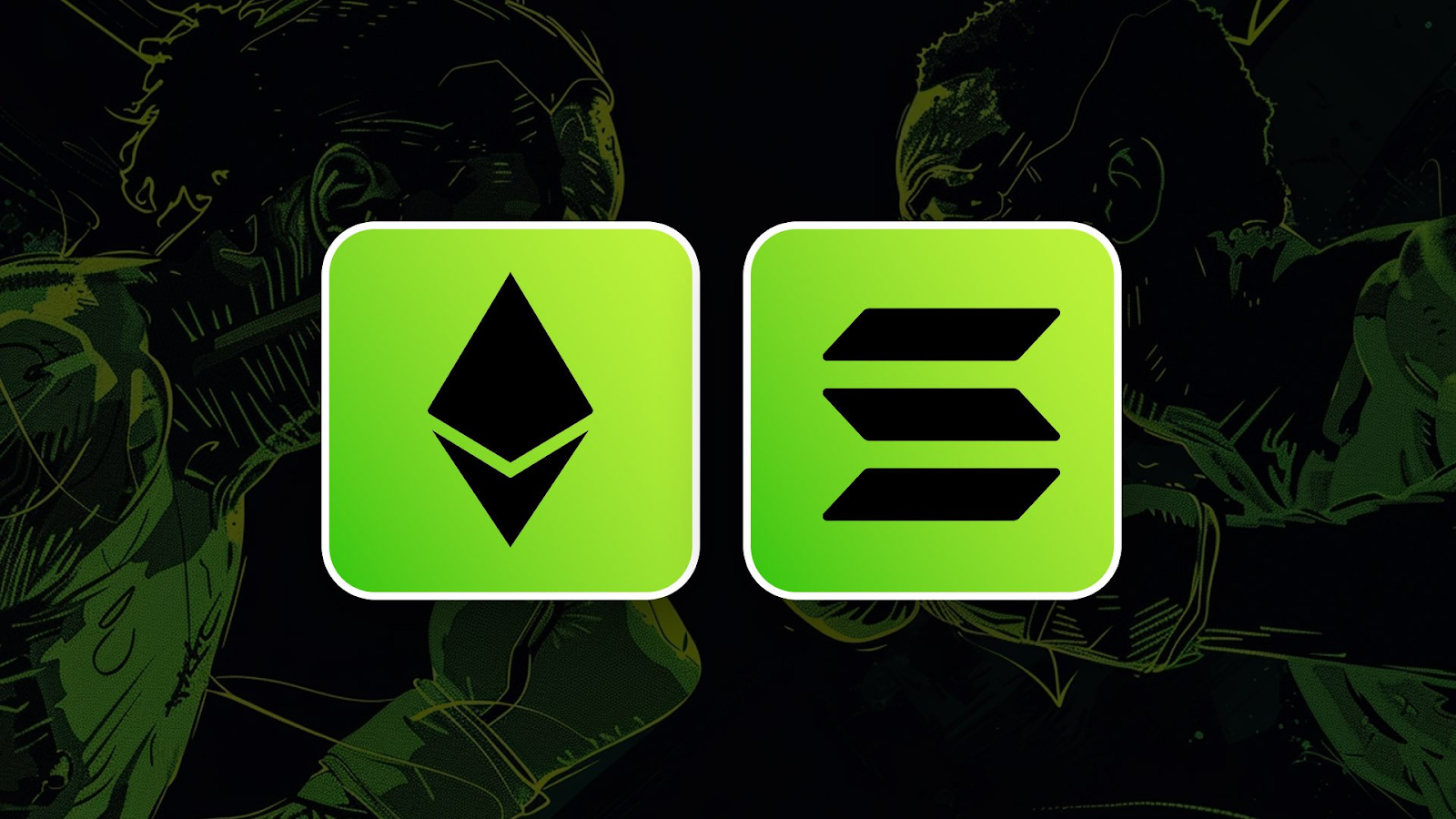FED vs Crypto
Since then, QE has tapered and is set to end in March 2022. J Powell has also raised interest rates by 0.25% at the FED March meeting last week. This will increase the cost of borrowing Dollars, seeing a reduction in demand from borrowers.

Context & Pre-Russia/Ukraine War
In beginning this report, I believe it is important to revert to November 2021, where the FED changed its stance to inflation is no longer ‘transitory’. At the time, this was a signal to the professionals in the market that the FED’s stance had changed and that it would now likely look to increase measures that would combat inflation in the near future. Since then, and after a number of high inflation prints (hitting 40 year highs in both of the last monthly prints), it was clear to the markets that quantitative easing (MBS and Bond buying by the FED to provide extra capital/liquidity to the markets) would stop, interest rates would likely be increased, along with quantitative tightening beginning at some point in the mid-term future.We have seen since October/November 2021, that Bitcoin and crypto in general has not particularly behaved as an inflation hedge, but rather a risk-on asset. Meaning; under accommodative policy, crypto performs well. So, when J Powell and the FED changed their stance to inflation is no longer ‘transitory’, this led professionals to realise that the money printing would be tapered and then stop and quantitative tightening would begin at some point after this. This would be a significant removal of liquidity from the markets and was a sign for professional investors to begin moving out of risk-on assets (crypto), as under these conditions, crypto would struggle to get a bid, and since, we have seen the decline from $69,000 to roughly $39,000 for Bitcoin (and much worse for most Alts). We are currently at the stage where tapering finished on March 9th, 2022, rates have begun to rise, and quantitative tightening would in theory be planned to begin in the coming months (possibly at the next FED meeting in April). Of course, these conditions are terrible for risk-on assets and why it is possible that the yearly Bitcoin bottom is not in yet, as this year looks as if market conditions will be the opposite of favourable………until Putin.

War
Now, I must say, I come from a very privileged position in that neither myself nor my immediate family have suffered the wraths of war. So, I write this section with a degree of ignorance as I cannot imagine the hardships experienced by those in Ukraine. For these reasons I will not try to explain the impact on human life in Ukraine or Russia, but I will assess the situation rather cynically from an economic point of view and how markets may be affected.Straight away, I think it is important to assess that there are a few possible outcomes here:
- There is a ceasefire and negotiations begin between Russia and Ukraine before the West is also brought into these negotiations.
- Ukraine beats back the Russian attacks and the Russians retreat.
- The Russians take-over/level Kyiv.
In 2008, Ukraine and Georgia both made clear their aspirations to join NATO, with these aspirations then being welcomed by NATO at the Bucharest Summit. This news was of course a big no-no to Putin’s Russia who did not want a NATO member directly on his border who they’re regularly in border disputes with. In this situation Putin and Russia’s concerns were understandable. There are regular border disputes between Ukraine and Russia, so if Ukraine were to join NATO, the next time there is a border dispute, Article 5 would mean that NATO allies would have to come to the Ukraine’s aid and effectively Russia would be at war with NATO allies. So, Putin made this fact clear, yet Ukraine continued to pursue joining NATO, hence Putin has now tried to invade to avoid a situation where a border dispute puts his country at war with NATO allies. He and the Russians believe they almost have to go to war, to prevent the above from happening.
With the above facts now in place, the sensible option for the West would have been to find a diplomatic way of making sure Ukraine dropped its aspirations to join NATO and therefore Russia would be able to drop its threats of invading to prevent the Ukrainian/NATO alliance. However, because the West did not do this, they did not remove this ‘card’ for Putin. We now don’t know if Putin is invading to prevent Ukraine joining NATO, or if he is invading to expand Russian land and reinstate the old Soviet Union, which has been rumoured to be a long-term goal of his. But the West did not do this, so they now don’t know what his true intentions are. They could have removed this play for Putin by diplomatically agreeing for Ukraine to forgo its intentions of joining NATO. However, the above did not happen.
So, what now? Well, the West have imposed sanctions on Russian exports and Russian oligarchs. These sanctions are likely to increase as long as the war continues.
What Does All This Mean Going Forward?
Firstly, markets love clarity from the FED, this effectively means that during times of mass uncertainty, risk-on assets such as tech equities and crypto, will likely fall in value as investors’ capital flows out of them. So, now that there are sanctions on Russia along with Russian oligarchs, it is difficult to know the economic impact. The West have now also removed Russian banking from the SWIFT system which has effectively cut the Russians banking off. This retaliation and almost attack on the Russian currency has shown other countries (China) that owning USD as Russia’s Central Bank did (as a form of capital reserves) is now not the position Central Banks would want to be in. Context: If all of a sudden your country can be at war with another, then the Western countries decide that this is not right and they want to cut you off from the International Banking system, that country effectively loses those reserves they have held in foreign accounts – in Russia’s case USD 630bn. All this then does is push countries to increase their gold reserves and to actually begin taking delivery of the physical gold. In time, this sentiment will likely follow through into Bitcoin, so long-term, very bullish for Bitcoin.In the short-term however (within 12-18 months), it is likely the world will see a recession, with it now being very difficult for the FED to engineer a “soft landing”. The reasons for this are as follows; firstly, the FED has already said they are planning quantitative tightening. This will see a significant removal of liquidity from the markets, and therefore risk assets such as crypto will struggle to catch a bid – bad markets. Secondly, oil prices have peaked by more than 50%. At every point in history when oil prices have spiked by 50%, a recession has followed. Thirdly, economic growth is forecasted to slow whilst supply side issues are set to keep inflation high, which may force the FED to become more aggressive in its rate hikes (J Powell now suggesting that we could end 2022 having done 7 rate hikes). If this does happen, this will likely break something in the markets and that will cause a recession – what that form of derivative instrument is that breaks, is difficult to know right now.
With all these factors above being weighed up, it is possibly now more likely than not that we’ll see a recession.
Right now, we see there being two possible scenarios (with the context of all the above now known).
Scenario 1
The West increases sanctions on Russia in the short-term. As of yet we don’t know the economic impact of this, but it is likely to be reasonably significant. If this happens, a recession may be just around the corner. If so, in order to keep the sanctions up (as the FED won’t want to decrease pressure put on the Russians with reducing sanctions just because of their negative economic impacts), the FED may have to use QE to prop the markets up again. This would be good for risk assets and crypto would see stronger bids again.Scenario 2
The FED continues to raise rates quickly (7 by the end of 2022 has been pitched). Higher oil prices increase costs so greatly to the point that profits are reduced, the economy contracts and the world is thrown into a recession. Once again, the FED may have to step back in and become more accommodating in their policy (turn the printers back on). This would be positive for risk assets also.Either way, it is looking increasingly likely that we will enter a recession. FED rates are rising, QT will start (possibly as soon as the next FED meeting), oil prices have surged more than 50%, high inflation is expected to continue, and economic growth is expected to contract. The main question we would have here is, do increased sanctions in the really short-term push us into a recession very soon, or does the weight of the reasons we have said above push us into a recession but quite a bit further down the line? The answer is that a recession is likely to happen, but it’s predicting the when? We feel it is inevitable that the printers will have to come back on, but again, when?





